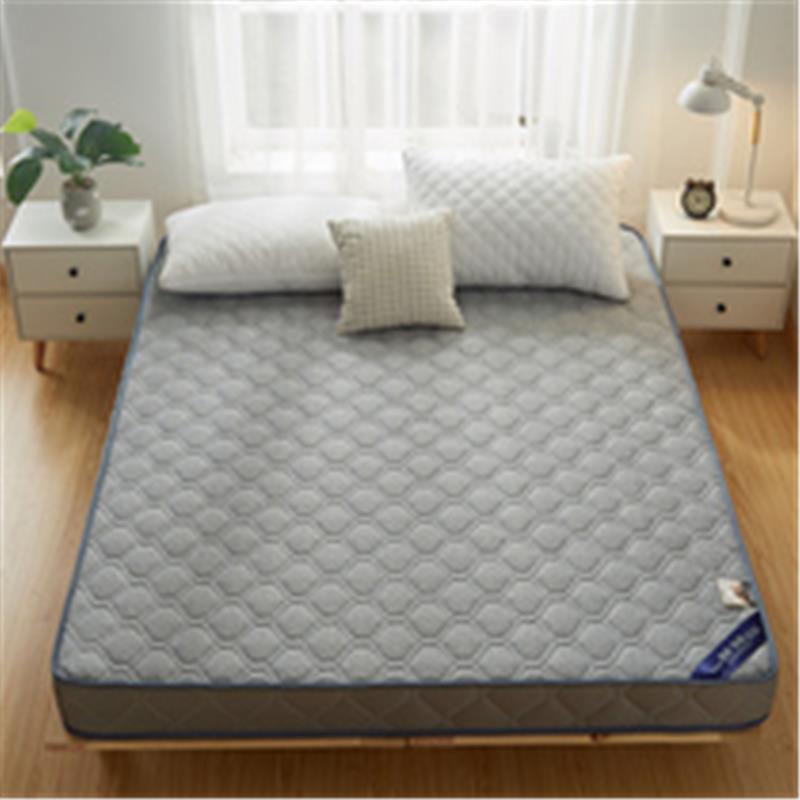SHOE CABINET HARDWARE COMPONENTS
Shoe Cabinet Hardware Components are designed to provide a convenient and organized storage solution for your shoes. These hardware components are available in a range of styles and materials to match the aesthetic of your cabinet and the type of shoes you plan to store. Whether you are looking for traditional wooden cabinets with metal handles or sleek, modern designs with glass doors, there is a hardware component to suit every taste and need.In addition to providing a visually appealing storage solution, Shoe Cabinet Hardware Components also serve a practical purpose. They help to protect your shoes from dust and debris, keep them organized, and make it easy to find the pair you are looking for. By selecting the right hardware components, you can create a functional and stylish storage solution that will compliment the rest of your home decor.
Shoe cabinets are essential furniture pieces in any household, offering a convenient and organized place to store shoes, boots, and other footwear. The hardware components of a shoe cabinet, often overlooked, are crucial in ensuring its functionality and durability. This article will explore the essential hardware components of a shoe cabinet and why they are important for your shoe cabinet to function smoothly.
1. Doors and Drawer Hardware
The hardware used to construct the doors and drawers of a shoe cabinet is essential for its smooth operation. Doors and drawers are the most frequently used parts of a shoe cabinet, so it is essential that the hardware components are of high quality and designed to withstand frequent use. Door hinges, drawer handles, and other hardware components should be sturdy and rust-resistant to ensure long-lasting performance.
2. Shelves and Brackets

The shelves and brackets that support the weight of your shoes and boots are integral to the structural integrity of your shoe cabinet. Brackets are used to attach shelves to the cabinet frame, providing stability and support. Shelves, on the other hand, are designed to hold your shoes and boots, often with a metal or wood frame to ensure durability.
3. Hooks and Hangars
Hooks and hangars are essential for hanging up your shoes and boots. Whether you have metal or plastic hooks, they should be sturdy enough to support the weight of your footwear without bending or breaking. Hangars, on the other hand, are often used to hang heavier boots or larger pairs of shoes. They should be made from strong materials like metal or nylon to ensure they can withstand the weight of your footwear.
4. Rails and Tracks
Rails and tracks are often found in sliding door shoe cabinets. They are responsible for guiding the doors along their tracks, ensuring smooth operation and preventing damage to the cabinet frame. Rails should be made from sturdy materials like metal or plastic, while tracks should be precisely aligned to ensure smooth sliding action.

5. Locks and Handles
Locks and handles are essential for controlling access to your shoe cabinet. Locks can help keep your shoes secure, while handles make it easy to open and close the cabinet doors. Handles should be made from strong materials like metal or wood, while locks should be designed to withstand tampering and forceful entry.
In conclusion, the hardware components of a shoe cabinet are integral to its functionality and durability. From doors and drawers to shelves and brackets, hooks and hangars, rails and tracks, and locks and handles, each component plays a crucial role in ensuring smooth operation and long-lasting performance. When selecting a shoe cabinet, it is essential to consider the quality of its hardware components to ensure you get a durable and functional piece of furniture that will serve you well for years to come.
Articles related to the knowledge points of this article:
Title: The Challenges in Manufacturing of Supports for五金 Parts
Title: Shanghais Industrialization of Metal Hardware Components Industry
Title: The Processing of Electronic Cigarette Hardware Components



